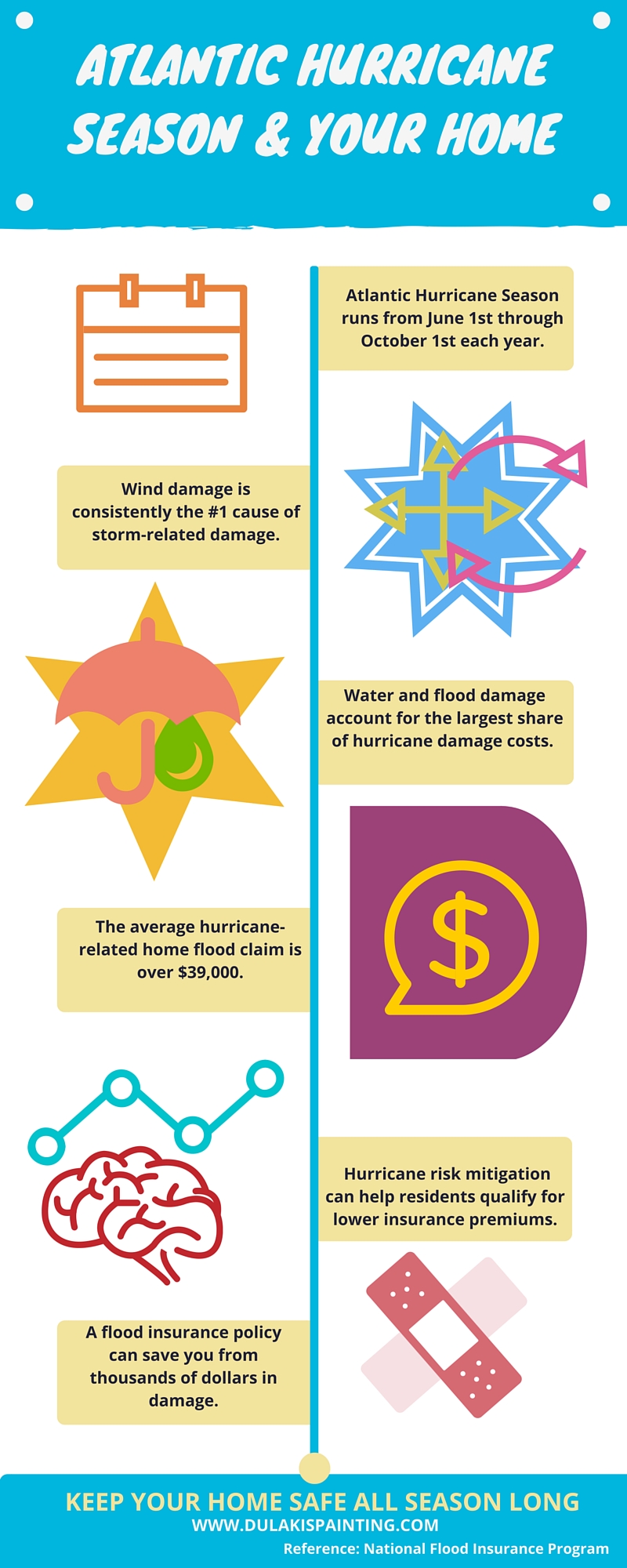Understand Just How Seasonal Problems Affect The Success Of Industrial Exterior Painting And Discover The Ideal Periods To Guarantee Resilient Results For Your Project
Understand Just How Seasonal Problems Affect The Success Of Industrial Exterior Painting And Discover The Ideal Periods To Guarantee Resilient Results For Your Project
Blog Article
Developed By-Fox Chaney
When you're intending an industrial exterior painting job, seasonal factors can make or damage your outcomes. You'll want to think about just how temperature level and moisture effect paint application and drying times. Selecting the appropriate season can guarantee your paint sticks properly and lasts much longer. But which seasons are truly the best for this sort of job? Let's check out the key elements that can impact your project's success.
The Effect of Temperature Level on Paint Application
When you're planning a commercial external paint job, the temperature level can considerably impact just how well the paint adheres and dries.
Preferably, you want to paint when temperature levels range between 50 ° F and 85 ° F. If it's too chilly, the paint might not treat properly, resulting in issues like peeling off or splitting.
On the other side, if it's as well hot, the paint can dry also promptly, stopping correct attachment and leading to an unequal surface.
You must also think about the moment of day; early morning or late afternoon uses cooler temperature levels, which can be a lot more positive.
Constantly examine the producer's referrals for the certain paint you're utilizing, as they often provide advice on the optimal temperature level array for optimal results.
Moisture and Its Result on Drying Times
Temperature isn't the only environmental element that affects your business external paint task; humidity plays a significant duty as well. High moisture degrees can reduce drying times drastically, impacting the general top quality of your paint task.
When the air is filled with wetness, the paint takes longer to heal, which can lead to concerns like inadequate attachment and a higher danger of mildew growth. If https://house-painter-near-me99987.onzeblog.com/35608515/house-owners-disclose-their-leading-tips-for-collaborating-with-painting-service-providers on an especially damp day, be planned for prolonged delay times in between coats.
visit the site to check neighborhood climate condition and strategy appropriately. Ideally, aim for moisture degrees in between 40% and 70% for ideal drying out.
Keeping these factors in mind ensures your job remains on track and supplies an enduring coating.
Best Seasons for Commercial Exterior Paint Projects
What's the very best season for your business outside paint jobs?
Spring and very early autumn are commonly your best options. Throughout these periods, temperature levels are light, and moisture degrees are typically lower, producing perfect problems for paint application and drying.
Avoid summer season's intense heat, which can trigger paint to dry as well quickly, resulting in bad attachment and finish. Likewise, winter season's cold temperature levels can prevent correct drying and curing, taking the chance of the longevity of your paint task.
Aim for days with temperature levels between 50 ° F and 85 ° F for ideal outcomes. Remember to examine Recommended Reading for rainfall, as wet conditions can spoil your task.
Preparation around these factors ensures your painting task runs smoothly and lasts much longer.
Conclusion
In conclusion, preparing your business exterior painting projects around seasonal considerations can make a significant difference in the outcome. By organizing job during the excellent temperatures and moisture degrees, you'll ensure far better attachment and drying out times. Keep in mind to keep an eye on neighborhood weather forecasts and select the right time of year-- springtime and very early autumn are your best options. Taking these actions will certainly assist you achieve a long lasting and expert coating that lasts.
